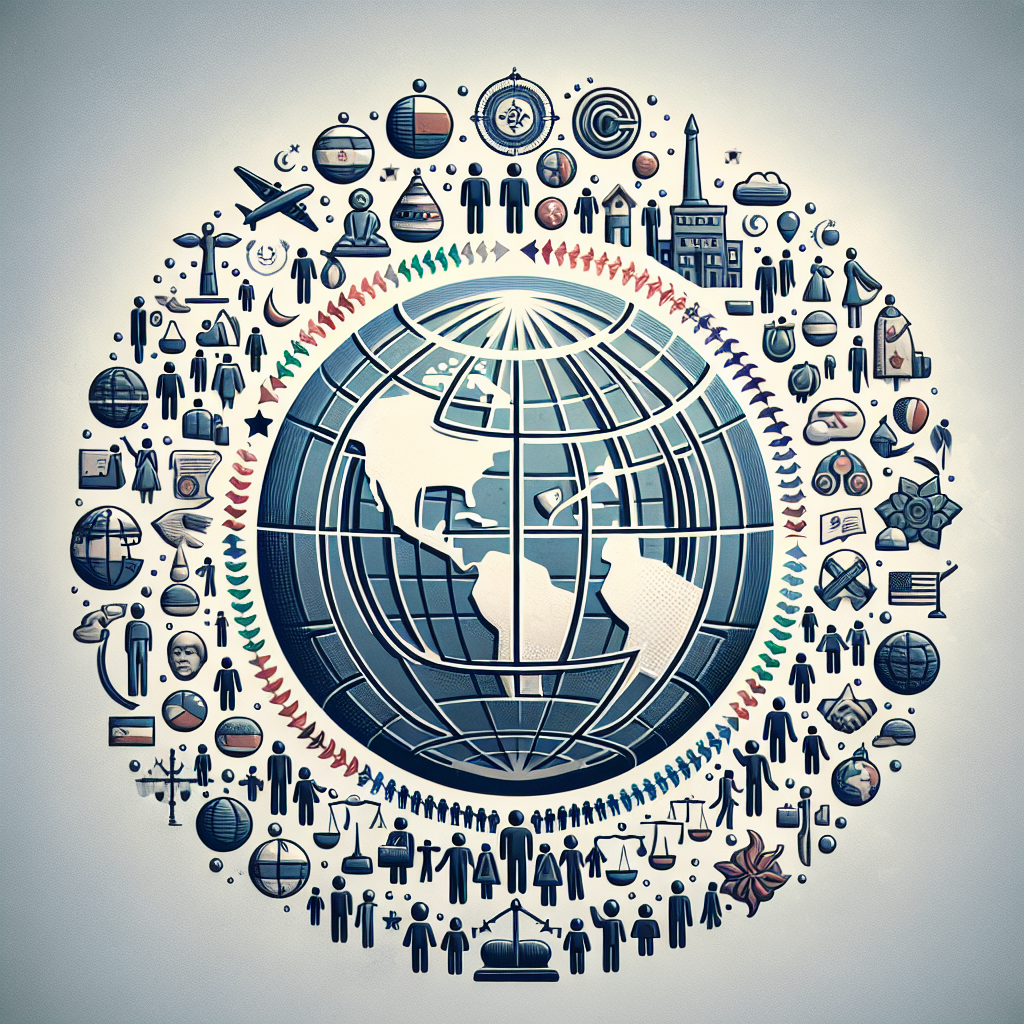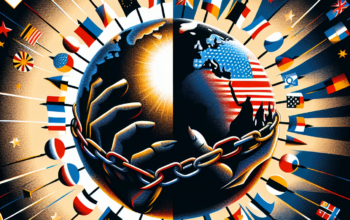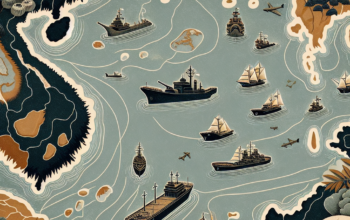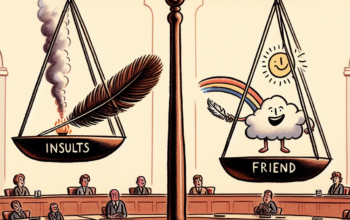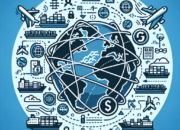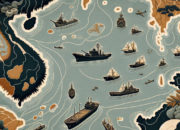The Politics of Immigration: Analyzing Policy Responses Worldwide
The politics of immigration have become a defining issue in the global landscape, influencing public discourse, election outcomes, and international relations as we move through 2025. Policymakers grapple with the complexities of regulating immigration while considering humanitarian responsibilities, economic needs, and public sentiment. As countries across the globe adopt varied approaches, this article delves into the multifaceted nature of immigration policy responses, scrutinizing how they shape social fabric, economic strategies, and international dynamics worldwide.
Understanding Immigration Policy Frameworks Globally
The framework of immigration policy varies dramatically from country to country, often influenced by historical, cultural, and economic contexts. In 2025, nations like Canada exemplify a progressive immigration stance, promoting multiculturalism through policies that facilitate family reunification and workforce integration. Canada’s holistic approach encourages skilled immigrants and refugees alike, fostering an environment that values diversity and enhances societal contributions.
Conversely, nations such as Hungary and Poland illustrate a more restrictive attitude toward immigration. These countries prioritize national sovereignty and cultural identity over immigrant integration, often resulting in stringent border controls and minimal refugee admissions. Such divergent policies reflect deeper societal debates about the role of immigration in shaping national identity, economic stability, and social cohesion, prompting a global reevaluation of existing frameworks.
The Economic Impact of Immigration Policies
Economic considerations are at the heart of immigration policy debates, influencing governments to adopt either liberal or restrictive stances. Research indicates that countries with robust immigration systems tend to experience higher economic growth. For instance, the United States, despite its polarized immigration debates, acknowledges that immigrant labor underpins many sectors, from tech to agriculture. In 2025, ongoing discussions about the H-1B visa system reflect a need for skilled labor, as industries struggle with workforce shortages.
In contrast, restrictive immigration policies can lead to labor deficits, negatively affecting economic growth. Countries such as the UK, following Brexit, have faced challenges in industries heavily reliant on immigrant labor, resulting in operational disruptions. This ongoing struggle has prompted policymakers to reassess the balance between national security and economic necessity, leading to policy adaptations that seek to attract talent without compromising public safety.
The Role of Public Opinion in Shaping Immigration Policies
Public opinion plays a pivotal role in shaping immigration policies across the globe. In 2025, many democratic nations experience pressure from constituents who express varied attitudes toward immigrants. In countries like Germany, where the influx of refugees in the 2010s sparked substantial debate, public sentiment continues to oscillate. The recent elections have seen a rise in populist parties that capitalize on anti-immigration sentiments, propelling a discourse that associates immigration with social unrest and economic burden.
Conversely, countries with positive narratives surrounding immigration, like New Zealand, benefit from public support for immigrant integration initiatives. Campaigns highlighting the economic contributions of immigrants have shifted public perception, allowing policymakers to craft more inclusive immigration strategies. This dichotomy illustrates the complexity of national conversations around immigration, highlighting how public sentiment and political messaging can dramatically influence policy direction.
The Intersection of Immigration and Human Rights
The intersection of immigration and human rights is increasingly critical in 2025, as global awareness of humanitarian crises grows. Refugees and asylum seekers find themselves at the mercy of fluctuating political landscapes, with many countries implementing policies that either uphold or undermine human rights laws. The U.N. calls for nations to adhere to international refugee protection norms resonate in debates surrounding border policies, with various nations either rising to the occasion or flouting these expectations.
Countries like Sweden have made significant strides in advocating for the rights of migrants, recognizing their contributions to society while safeguarding their well-being. However, instances of migrant abuse and neglect are reported in various regions worldwide, revealing a troubling gap between policy and practice. The challenge remains for nations to foster immigration policies that respect the dignity and rights of all individuals, moving beyond mere political expediency to embrace a more humane approach.
Global Trends in Immigration Policy Responses
As we navigate through 2025, several notable trends in immigration policy responses emerge on a global scale. First, increased collaboration among countries is apparent, exemplified by regional agreements aimed at managing migration collectively. The European Union has implemented frameworks that encourage member states to share the responsibility of asylum seekers, yet challenges persist in achieving consensus across diverse political landscapes.
Second, the rise of technology in immigration management presents both opportunities and challenges. Countries increasingly leverage digital tools for visa applications and border control, enhancing efficiency. However, concerns about privacy, data security, and potential discriminatory practices loom large, necessitating a careful balance between innovation and ethical considerations.
Lastly, climate change has emerged as a pressing factor affecting migration patterns, compelling policymakers to address the growing number of climate refugees. Nations are beginning to explore policies specifically tailored to accommodate individuals displaced by environmental factors, marking a pivotal shift in how we understand immigration’s complexities. This recognition of the intertwining of climate and migration signifies a holistic approach to policy responses that will shape future discourse.
Conclusion
The politics of immigration in 2025 reveal a complex landscape marked by varying policy responses worldwide. Economies thrive on immigrant contributions, yet public opinions sway policy directions, often serviced by human rights considerations. As nations choose between restrictive measures and inclusive approaches, the challenge remains to foster systems that support economic growth while upholding the values of fairness and compassion. Future immigration policies must balance the pressures of globalization, public sentiment, and humanitarian responsibilities to create a more resilient society where immigration is seen as an opportunity rather than a challenge.
FAQs
What are the current trends in immigration policies as of 2025?
As of 2025, notable trends include greater international collaboration, enhanced use of technology in immigration management, and a growing focus on climate-induced migration.
How does public opinion influence immigration policies?
Public opinion significantly influences immigration policies by shaping political discourse and pushing lawmakers to respond to constituents’ concerns, leading to either inclusive or restrictive policies depending on the prevailing sentiment.
Are there efforts to protect the human rights of migrants in 2025?
Yes, various nations are working to uphold human rights standards for migrants, although challenges remain. Advocacy groups continue to push for more humane and protective policies globally to safeguard the rights of refugees and asylum seekers.
This article provides a comprehensive overview of the current state of immigration policies worldwide, offering insights into the dynamics that shape these critical issues as we advance into 2025.
